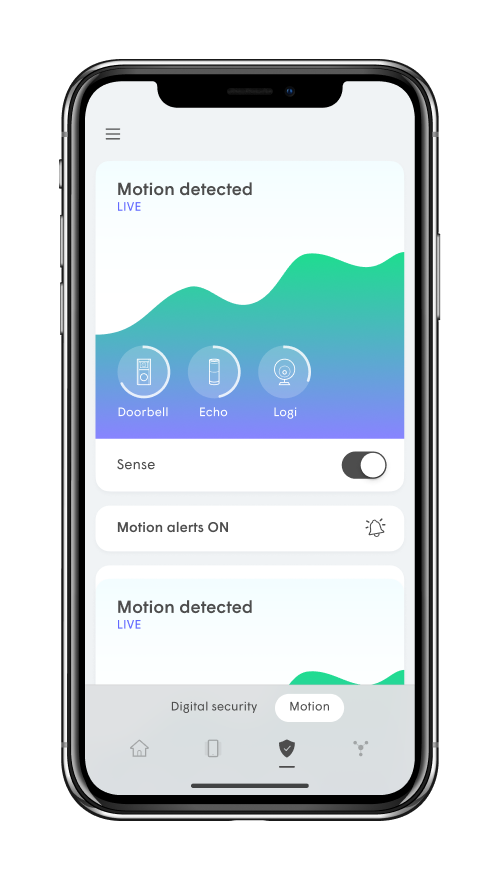

- #Freeter productivity app set up youtube code#
- #Freeter productivity app set up youtube series#
- #Freeter productivity app set up youtube windows#
As for now, the Windows network subsystem HNS isn´t really Kubernetes-ready, you have to plumb all the networking stuff (like routing tables) manually together. But if you dive a bit deeper – and that always involves reading through the Microsoft documentation until you reach the part “current restrictions/limitations” – you´ll find the nasty things. Yes, Windows support was released on Kubernetes 1.6 (alpha with 1.5 already). Last point: Right now, a hybrid OS Docker cluster doesn´t really make sense with the released versions of Kubernetes and Windows Server 2016. 🙂 And if people really do need more features than Swarm provides, then Kubernetes is for sure a good way to go! Coming from Compose, it is easy to continue with Docker Swarm – because it is built right into every Docker engine and could be used with Compose as well. The next step after Docker 101 is Docker Compose, adding a new level of abstraction. Well guys, there´s something in between! It should be common sense that learning is ideally done step by step. Second point: Many people at conferences propagate the following precedence: They tell you about “Docker 101” with the simplest steps with Docker and then go straight ahead to Kubernetes as the “next logical step”. This means many of those “new” Docker concepts are again thrown over the pile – because Kubernetes brings in a whole bunch of new building blocks, leaving no stone unturned… And every blog post about Kubernetes and every colleague I talk with has to admit at some point that the learning curve with Kubernetes is really steep.

And now imagine you want to do the next step with Kubernetes. You should always remember: This is huge! And at least according to my experience not every team member already realized at that point what changes were applied to the team’s applications in detail, maybe also leaving some people unsure about “all this new stuff”. After having in-depth discussions about it, you maybe shifted your project team to Dockerize all the (legacy) applications and finally brought all these containers into production. The first point is simple: a consultant´s real world project experience. But there are a few things to consider before going with Kubernetes. But why did I choose this path? Today everything seems to point to Kubernetes: biggest media share, most google searches, most blog posts and so on. This post is all about the “new” Docker Swarm mode, requiring Docker 1.12.0 as a minimum. But how is this possible? Why Docker Swarm? These projects need a solution to handle these distributed applications – ideally not doing everything with completely new tools. Applications today consist of a whole bunch of machines – and they naturally mix Linux and Windows.
#Freeter productivity app set up youtube code#
We also scaled our Windows Docker containers using Docker Compose and Spring Cloud Netflix, not leaving our fully comprehensible setup and our willingness to have everything as code behind.īut if you look into real world projects, there are no single nodes anymore – running Docker or not. We built our own Windows Vagrant boxes with Packer, prepared them to run Docker smoothly and provisioned our Apps – both fully automated with Ansible. We really went far in terms of using native Docker Windows containers to run our apps inside. Part 4: Taming the Hybrid Swarm: Initializing a mixed OS Docker Swarm Cluster running Windows & Linux native Containers with Vagrant & Ansible Lifting our gaze to the application as a whole Part 3: Scaling Spring Boot Apps on Docker Windows Containers with Ansible: A Complete Guide incl Spring Cloud Netflix and Docker Compose

Part 2: Running Spring Boot Apps on Docker Windows Containers with Ansible: A Complete Guide incl Packer, Vagrant & Powershell Part 1: Running Spring Boot Apps on Windows with Ansible
#Freeter productivity app set up youtube series#
Running Spring Boot Apps on Windows – Blog series But what if we change our focus and see our distributed application as a whole, running on multiple hosts using both Windows and Linux native containers? In this case, a multi-node Docker Orchestration tool like Docker Swarm could be a marvelous option! We successfully scaled our Windows Docker containers running on one Docker host.


 0 kommentar(er)
0 kommentar(er)
